
There comes a point, or a plateau, as in every photographer’s career (whether you are an intermediate or professional photographer) where you hit a wall. It’s a crisis of self that you are faced with when you have reached a certain point of technical proficiency. Well, basically you hit a plateau because you already know all the elements of photography from composition, to technical skills, to editing images, but somehow something is missing — substance, meaning, emotional connection, and finding your own style.
So I invite you to forget what you know for a second, and take a look at your photography in a different light. Composition and technical prowess are certainly important factors in creating good photographs, but how do you create great photographs with meaning?
To realize that there is more behind a photograph than just a visual representation of time, place, and subject, and it can be much more rewarding when you challenge yourself to find your voice, your perspective, and create an emotional connection for the viewer.
Your photographs show your viewpoint and perspective of how you see the world. For example, if you put six photographers in a room and asked them to create a unique image, each photograph would turn out different. You already photograph with meaning, you just haven’t realized how much your subconscious adds your perspective onto your images.
Meaning in action
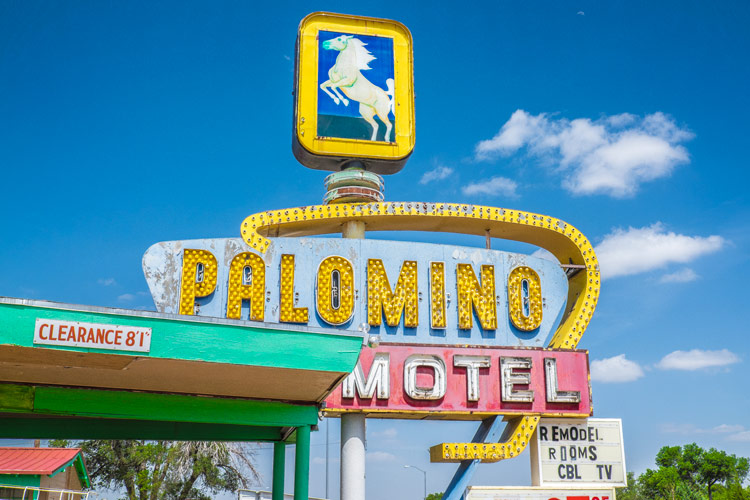
Now that you’ve realized that photography is more than a GAS (Gear Acquisition Syndrome) stage, where you’re buying up the latest and greatest cameras, lenses, software, and miscellaneous items for photography, it’s time to evolve into a better photographer — one with purpose.
“The real question is not what you look at but what you see.” – Henry David Thoreau
So how do you separate yourself from the technical nature of photography? The skills you have inherited through tutorials, articles, classes, workshops, online videos, etc., are still there in the back of your mind. You are finally comfortable shooting in different lighting, setting up different lighting schemes, knowing your way around your camera, and all this will come in handy when you are cooking up your own voice or style of shooting.
By setting those aside, you need to learn a new way of photographing, and that will take dedication and hard work, but ultimately it will be the most rewarding endeavor, especially if this is what you want to do for a living.
Mimicry is the greatest form of flattery
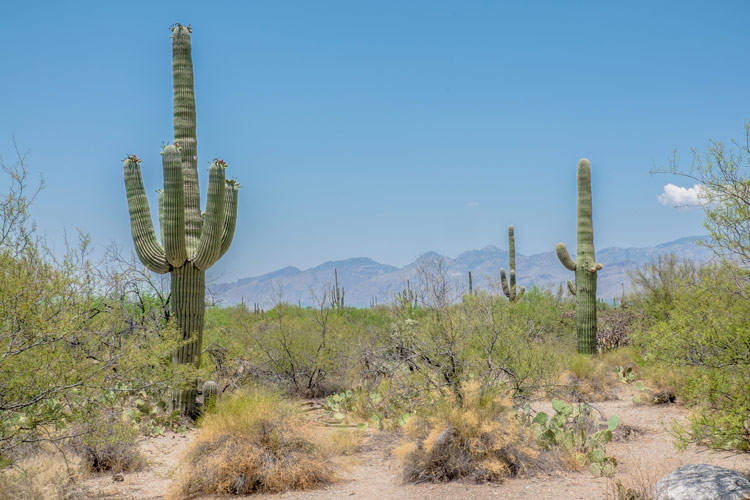
Step one is to try to shoot in the style of your favorite photographer. By learning how they craft their images, you will be clued into their vision, which will inspire your own creative insights. You don’t have to exactly recreate an image perfectly like them, but just try to understand what they are doing, then try to recreate it.
Step two is to take photo challenges. A photo challenge or assignment is a way to test out your technical, and artistic sides, combined to create a homework assignment that others will judge. Being peer reviewed by other photographers will not only give you helpful advice, but provide you with thick skin for future critique of your work.
You may have a certain style of shooting that you are drawn to, like landscapes or street photography. But what if someone challenges you to do some macro shots, architectural, portraits, or anything different from what you’re used to? It takes you out of your comfort zone, and challenges your knowledge as a photographer, while also providing you with ideas to incorporate into your own work.

You are now using all your technical photography education, and putting it into practice. It finally makes sense that you need to know these technical skills to create something with more meaning. It’s just like a doctor fresh out their residency, learning how to become a surgeon. Would you trust this person to cut you open without learning from other, more experienced surgeons? It’s the same with photography, it’s on the job training.
You need to learn it all, test it all, and learn different styles. Then, you can start to see your style peeping through, because you’ve slowly learned how to create your own vision, by studying those whose work you have a connection.
Meditative composition
I realized early on, my method was to find a subject, compose, take in the atmosphere, and wait patiently. While waiting, I absorbed all the things going on around me, without any sort of preconceived notions, but instead, just letting the world happen around me without trying to control it. It was a meditative state, where I had set up my easel (camera on a tripod) and waited for the decisive moment to shoot (putting the brush to the canvas).
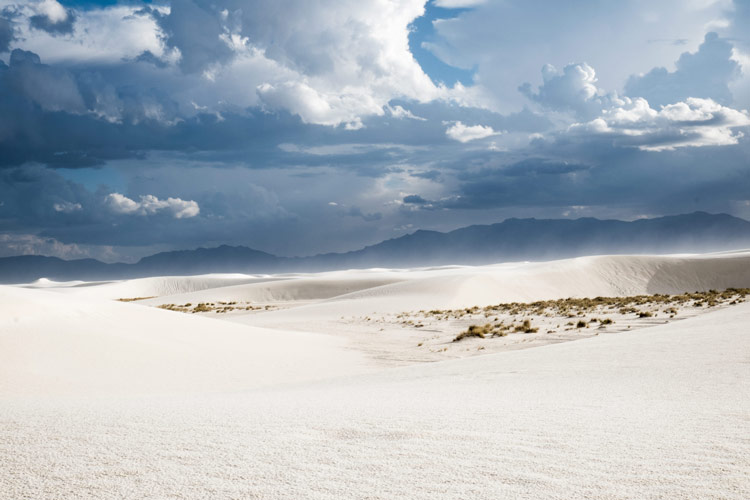
I was in the White Sands National Monument near Alamogordo, New Mexico this past summer, sitting on a white sand hill, watching the sky turn from a deep hue of blue, to a dark sky, forming into a lightning storm. The winds began to pick up and the white sands began blowing. In my frame I saw the sky change into this deep magenta, and the sands moving almost in a tornado like swirl. I knew at the moment I must click the shutter, and was able to capture a special moment by composing and waiting.
“But there is more to a fine photograph than information. We are also seeking to present an image that arouses the curiosity of the viewer or that, best of all, provokes the viewer to think – to ask a question or simply to gaze in thoughtful wonder. We know that photographs inform people. We also know that photographs move people. The photograph that does both is the one we want to see and make. It is the kind of picture that makes you want to pick up your own camera again and go to work.” – Sam Abell
Equivalence
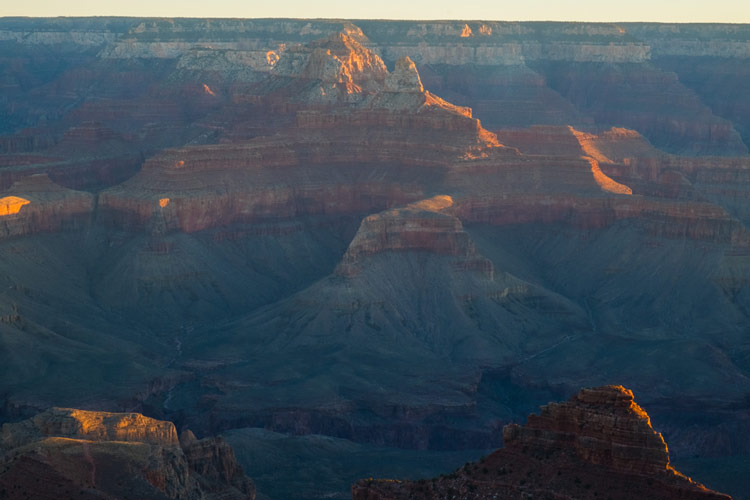
Equivalence is a term that has been used since Alfred Stieglitz first started expressing his work as more than just a capture of reality, but instead the things he captured were emotionally connected to him, whether they were geometric patterns, people, etc.
The term equivalence comes from the abstract painter, Wassily Kandinsky. His mission was to create more emotion with his painting, so that the audience who viewed his work could find, and feel, an emotional connection to his work. It was Stieglitz, who during a time where photography was simply documentation, incorporated the idea of equivalence into his photographic process. Boiled down to its simplest form, equivalence is the belief that colors, shapes, and geometric lines reflect one’s inner emotions. By studying Kandinsky he found meaning in his own work.
So what does that mean for you, a photographer trying to create photographs with meaning? Photographic meaning isn’t a literal translation of an image. Instead, it is a way in which you use your voice or perspective, to create a work that doesn’t need to be explained, which also evokes something/anything in the viewer.
This equivalence is what many great photographers have found, and when we see Dorothea Lange’s “Migrant Mother” or Robert Capa’s “The Falling Soldier” photographs we are instantly affected by them, and we don’t have to understand what is going on. We see the horror of war, and the look of uncertainty in a mother’s eyes as she holds her children.
Connect the dots

The beauty of photography is that a single image can tell an entire story, or a photographic essay can piece together an important narrative. A story worth telling, is the same as photographing with meaning. Photographs are your way of showing your point-of-view, or that of your subjects, to an audience.
We capture the human experience, whether that be a genocide, or the coming home of soldiers from war. It can be pain, beauty, grace, disgust, but photographs are visual storytellers, and those who understand how to make a story with their images become the most successful.
“As far as I am concerned, taking photographs is a means of understanding which cannot be separated from other means of visual expression. It is a way of shouting, of freeing oneself, not of proving or asserting one’s own originality. It is a way of life.” — Henri Cartier-Bresson
Each great photographer’s work was influenced by those who came before them. Some of us have a natural eye for composition and great timing, but does that mean that hard work won’t help those who lack these skills, to gain them?
To photograph with meaning, there is a literal route to find this discovery. To hurry up that process it takes hard work, dedication, and humility. You need to burn up your memory cards, and take a look at each of your frames to see what works and doesn’t. You need to look at photo books of the masters to see their vision, to help cultivate your own, by recreating their works.
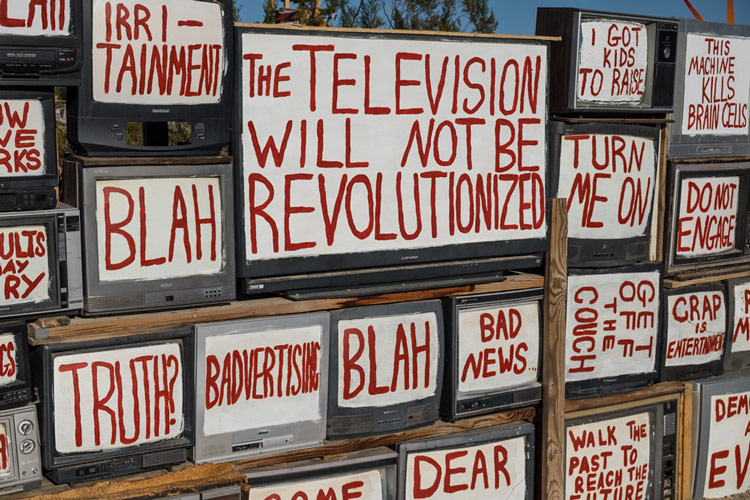
You need to be patient, reflective, and willing to subject yourself into uncomfortable, and sometimes even dangerous situations, to really push yourself toward to becoming a better photographer.
Creating an emotional connection with your work is finding the equivalence that will speak volumes to your audience, without you even having to explain yourself. So, to make it clear, to find meaning in your photographs you must be willing to study, try, fail, and explore other genres of photography to find your place, your vision, and to take a deeper look inside yourself and the work you intend to create.
By studying the forefathers of photography you can create something new that was influenced by powerful, meaningful photographs. It’s not plagiarism to combine techniques or processes of others. Besides that would be like telling someone who never read a book, and doesn’t understand plot, to write the great American novel.
You must learn to walk before you can run.
googletag.cmd.push(function() {
tablet_slots.push( googletag.defineSlot( “/1005424/_dPSv4_tab-all-article-bottom_(300×250)”, [300, 250], “pb-ad-78623” ).addService( googletag.pubads() ) ); } );
googletag.cmd.push(function() {
mobile_slots.push( googletag.defineSlot( “/1005424/_dPSv4_mob-all-article-bottom_(300×250)”, [300, 250], “pb-ad-78158” ).addService( googletag.pubads() ) ); } );
The post How To Photograph With Meaning by Adam T Crawford appeared first on Digital Photography School.
